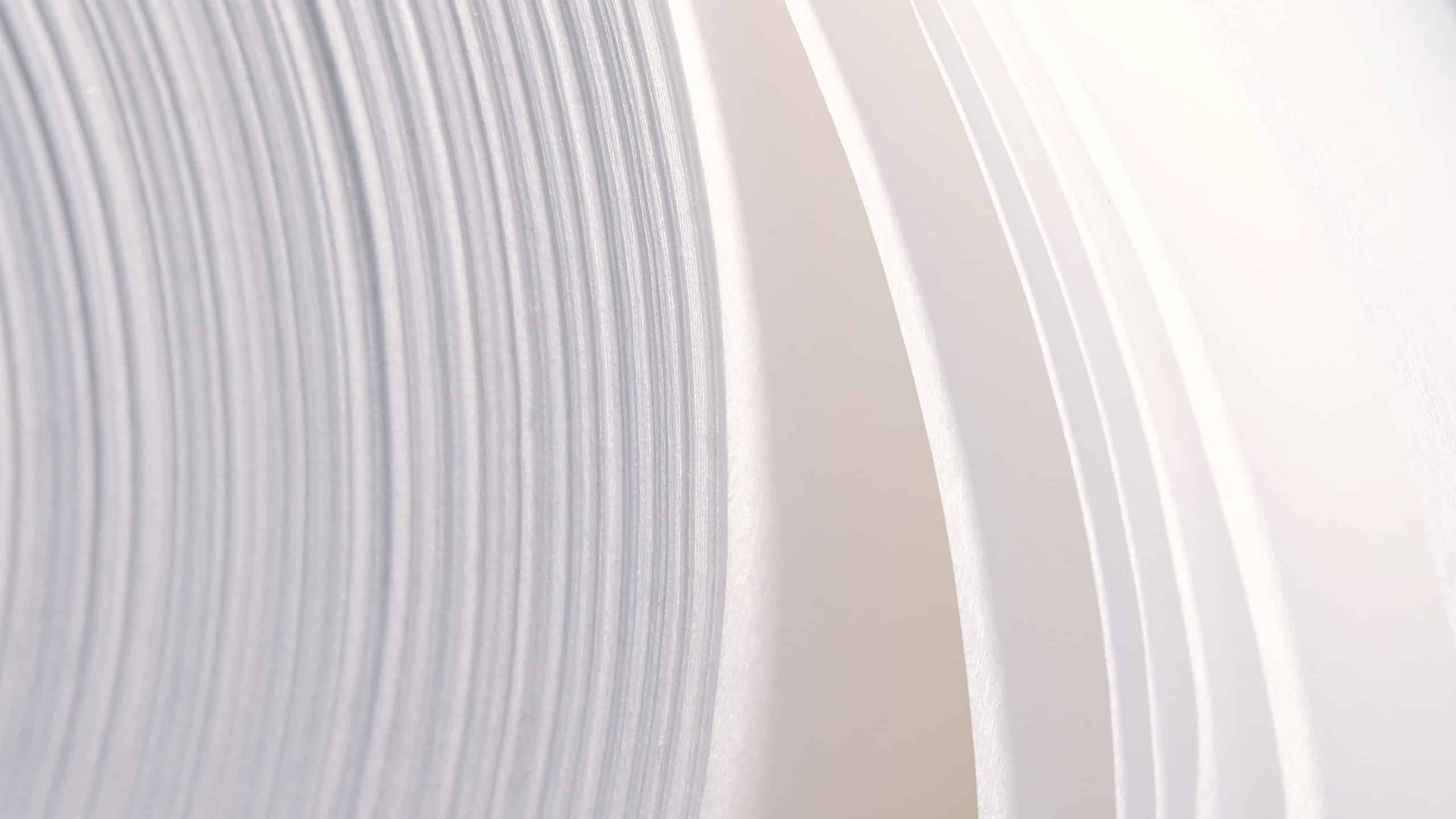Innovative Hygiene Packaging Solutions: Recyclable and Renewable Options for Feminine Care Products

The rise of eco-friendly packaging in feminine care
In recent years, there has been a significant shift towards eco-friendly packaging in the feminine care industry. This change is driven by increasing consumer awareness about environmental issues and the demand for sustainable products. Unfortunately plastics are still the go to material for feminine care packaging. As a result, companies are exploring innovative packaging solutions that are both recyclable and renewable. The Confederation of European Paper Industries (CEPI) highlights that fibre-based packaging is already the most collected and recycled packaging material in Europe, with a recycling rate of 85%. This demonstrates the potential for fibre-based solutions to replace traditional plastic packaging in feminine care products.
Feminine care products, such as sanitary pads and tampons, have traditionally relied on plastic packaging due to its durability and moisture resistance. However, the environmental impact of plastic waste has prompted a re-evaluation of packaging materials. The 4evergreen alliance, as noted by CEPI, aims to boost the contribution of fibre-based packaging in a circular economy, advocating for EU legislation that supports product design for recyclability. This initiative aligns with the growing trend of using sustainable materials in feminine care packaging, offering a viable alternative to plastic.
Understanding recyclable and renewable materials
Recyclable and renewable materials are at the forefront of sustainable packaging solutions. Wood fibre-based materials like Paptic® can be widely recycled. Renewable materials, on the other hand, are derived from sources that can be replenished naturally over time, such as wood fibres. According to CEPI, paper-based packaging, made from sustainably sourced renewable materials, has the highest recycling rate in Europe, making it an ideal choice for eco-friendly packaging.
In the context of feminine care products, using recyclable and renewable materials can significantly reduce the environmental footprint. These materials can be sourced from responsibly managed forests, where sustainable forest management practices ensure that the ecological balance is maintained. Emphasizing the importance of sustainable forest management, which involves careful planning and monitoring to ensure that forest resources are used responsibly. This approach not only supports the environment but also provides a steady supply of raw materials for packaging.
How Paptic is pioneering sustainable packaging
Our unique materials combines the benefits of paper, plastic, and textiles, offering an sustainable alternative to traditional packaging. This innovative approach addresses the global challenge of plastic waste by providing a sustainable option for packaging, including feminine care products. Paptic® materials introduce a new level of comfort and quality to feminine care packaging, elevating the entire unboxing experience. Unlike traditional paper or plastic alternatives, Paptic’s unique composition delivers a delicate softness that feels gentle and mimics the softness of the product inside. This inviting texture not only provides a sensory delight for consumers, but also imparts a subtle sense of luxury, transforming a routine activity into a more personal, pampering moment.
What sets us apart is its commitment to using fibre-based materials that are both functional and recyclable. Paptic’s products are designed to be durable and versatile, making them suitable for a wide range of applications. By focusing on easily recyclable solutions, we contribute to the circular economy, where materials are kept in use for as long as possible. This aligns with the goals of the 4evergreen alliance, which aims to increase the recycling rates of fibre-based packaging to 90% by 2030, as highlighted by CEPI.
Consumer benefits of eco-conscious feminine care packaging
Consumers are increasingly seeking eco-conscious feminine care products that align with their values. By choosing products with sustainable packaging, consumers can reduce their environmental impact and support companies that prioritize sustainability. Wood fibre-based packaging offers several benefits, such as recyclability and the ability to replace plastics, thereby supporting a more sustainable and circular economy. CEPI’s guidelines for optimal packaging design emphasize the importance of recyclability, ensuring that products can be efficiently recycled at the end of their life cycle.
opportunities in sustainable hygiene packaging
Opportunities in sustainable hygiene packaging are vast, particularly as consumer demand and regulation for eco-friendly products continues to grow. Companies that invest in sustainable packaging solutions can differentiate themselves in the market and build brand loyalty among environmentally conscious consumers. By embracing sustainable packaging, companies can contribute to a circular economy and help achieve higher recycling targets, ultimately reducing the environmental impact of hygiene products.
Upcoming EU Regulatory Changes and Recyclability Criteria
The European Union is set to introduce new regulatory requirements that will significantly impact the packaging industry, including the feminine care sector. By 2030, all packaging must be recyclable, a mandate that necessitates a shift towards sustainable packaging solutions. To comply with these upcoming changes, companies need to focus on designing packaging that meets recyclability criteria to be published by 2028. This includes using materials that can be easily processed in recycling facilities and ensuring that packaging design facilitates efficient recycling.
Industry stakeholders should start preparing now by evaluating their current packaging processes and exploring innovative materials that align with the forthcoming regulations. Engaging with sustainability experts and following the guidelines set by initiatives like the 4evergreen alliance can provide valuable insights. By proactively addressing these regulatory changes, companies can ensure compliance and strengthen their position in the market, demonstrating a commitment to environmental responsibility and sustainability.
